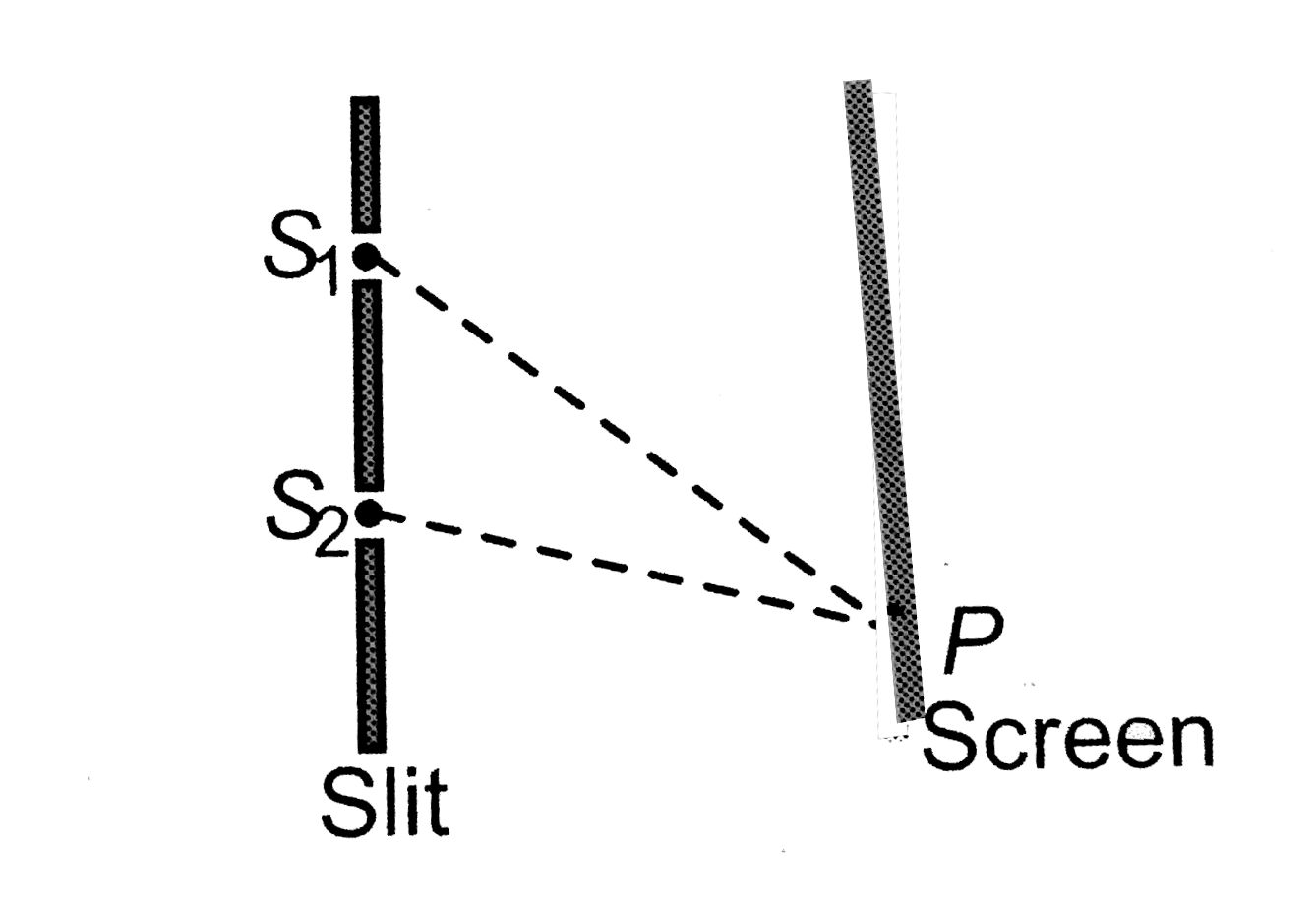In Young's double-slit experiment, let A and B be the two slit. A thin film of thickness t and refractive index μ is placed in front of A. Let β= fringe width. Then the central maxima will shift
A
toward A
B
toward B
C
by t(μ−1)βλ
D
by μtβλ
Video Solution
Text Solution
The correct Answer is:a.,c
For a certain point P on the screen at a distance x from the center of the screen, paht difference Δ=xdD
Path differnce introduced due to sheet =(μ−1)t.
For central maximum at P,
xdD=(μ−1)
or x=t(μ−1)Dd
Now, β=Dλd
∴Dd=βλ
Hence, x=t(μ−1)βλ
|
Topper's Solved these Questions
- WAVE OPTICSBOOK - CENGAGE PHYSICSCHAPTER - WAVE OPTICSEXERCISE - Multiple Correct
8 Videos
- WAVE OPTICSBOOK - CENGAGE PHYSICSCHAPTER - WAVE OPTICSEXERCISE - Assertion- Reasoning
13 Videos
- WAVE OPTICSBOOK - CENGAGE PHYSICSCHAPTER - WAVE OPTICSEXERCISE - Subjective
11 Videos
- THERMODYNAMICSBOOK - CENGAGE PHYSICSCHAPTER - THERMODYNAMICSEXERCISE - QUESTION BANK
34 Videos
- WAVESBOOK - CENGAGE PHYSICSCHAPTER - WAVESEXERCISE - QUESTION BANK
38 Videos
Similar Questions
Knowledge Check
In a young's double slit experiment ,let Aand B be the two slits.A thin film film of thickness t and refractive indexμ is pklaced in front of A.Let β =fringe width.The central maximum will shift:
Atowards ABtowards BCby t(μ−1)βλDby μtβλIn YDSE when slab of thickness t and refractive index μ is placed in front of one slit then central maxima shifts by one fringe width. Find out t in terms of λ and μ.
Aλ(2μ−1)B2λ(2μ−1)Cλ(μ−1)D2λ(2μ+1)In a Young's double slit experimental arrangement shown here, if a mica sheet of thickness t and refractive indec μ is placed in front of the slit S1, then the path difference (S1P−S2P) is
 A(a) Decreases by (μ−1)tB(b) Increases by (μ−1)tC(c) Does not changeD(d) Increases by μt
A(a) Decreases by (μ−1)tB(b) Increases by (μ−1)tC(c) Does not changeD(d) Increases by μt
In Young’s double slit experiment, the distance between the two slits is made half, then the fringe width will become
View SolutionIn YDSE, let A and B be two slits. Films of thickness tA and tB and refractive μA and μB are placed in front of A and B, respectively. If μAtA=μAtB, then the central maxima will
View SolutionIn a Young's double-slit experiment, the central bright fringe can be identified
View SolutionIn Young’s double slit experiment, the central bright fringe can be identified
View SolutionA double slit experiment is performed with light of wavelength 500 nm A thin film of thickness 2 μm and refractive index 1.5 is introduced in the path of the upper beam the location of the central maximum will
View Solution
